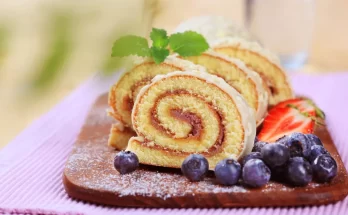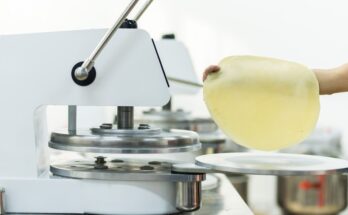Today, more than ever, the number of companies making and selling wine is increasing. But how do they do it? if you are wondering how wine is made, this article will show you the step-by-step process.
Step-by-Step Guide on How Wine is Made
First Step: Harvesting
First and foremost, you need to harvest the grapes which are the main ingredients for making wine. Usually, wines are made from grapes that contain all the needed acids, esters, and tannins to make the drink even more delicious.
Harvesting can be done either by a machine or by hand, but most high end winemakers tend to do it manually because machines can negatively affect both the vineyard and the grapes.
Second Step: Sort the grapes
As soon as the grapes are picked, they will be delivered to the winemaking facility, which can be a winery on the same property as the vineyards, or a third-party facility. From there they will be arranged in bunches and rotten grapes are eliminated. It is important to only use high quality grapes to get the best flavor and aroma.
Third Step: Crush the Grapes
Before you proceed with the crushing process, you will first need to de-stem the grapes. Once done, you can immediately move on to the next step.
Historically, winemakers would use their feet to crush the grapes. However, today the crushing process is generally done mechanically.
Machines have made the process of winemaking more hygienic. Not only that, but they also help in increase the grapes’ longevity and quality.
If red wines are being made, the skins, seeds, and solids usually stay in contact with the grape juice to let the juice get more color, tannins, and flavors. In the case of white wines, the skins, seeds, and solids, are separated from the juice immediately to prevent color and tannins from leaking into the wine.
Fourth Step: Fermentation
The “must” will start to ferment naturally six to twelve hours after wild yeast is added. However, some winemakers choose to use cultured yeast so that they will be able to better predict the final result and ensure consistency.
Fermentation will continue until all sugar becomes alcohol, which can result in the making of dry wines.
For sweeter wines, some makers of wine halt the procedure in between to stop the whole sugar from transforming.
Usually, this process will take about one week to one month.
Fifth Step: Remove yeast, tannins, and proteins from the wine
After the wine is fermented properly, winemakers proceed to the clarification process where the yeast, tannins, and proteins are removed.
In this step, wine is transferred into oak barrels or stainless steel tanks.
It is also worth mentioning that the fining process and filtration are used in clarification. For instance, some winemakers will add clay in this phase. The unwanted particles will then stick to the clay and will sink to the lowest part of the barrel or tank.
When it comes to the filtration process, winemakers use filters in order to trap bigger particles.
Once the clarification process is successfully complete, the wine will be transferred into other tanks so to prepare it for bottling and aging.
Sixth Step: Aging and bottling the wine
The final process for winemaking is bottling and aging the wine. The makers may choose to further age the wine or immediately bottle the wine
For aging, the wine will be stored in bottles, oak barrels, or stainless tanks. When it comes to aging, most winemakers tend to use an oak barrel, which is said to add a smoother, rounder, and more vanilla-like taste to the wine. Not only that, barrels will also help increase the exposure to oxygen to reduce the tannins and allow the wine to achieve its optimal flavor. However, for most white wines winemakers usually use stainless steel tanks.
As soon as the aging process is finished, the wine will then be bottled with a cork or a screw cap.
There you have it the six steps involved in making wine. However, it is worth mentioning that some winemakers most specifically the most prominent ones, make some changes and add some ingredients to make the wine even more delicious and flavorful.
Other Tips for Making Good Wine
- Maintain a clean environment
Your winemaking environment should be tidy, clean, and sanitary. Keep in mind that fruit flies and other insects are often attracted to fermenting grapes and once they get access to the wine, your wine may be spoiled.
- Keep the wine under the right condition
Once you’re done bottling the wine, make sure to store your wine out of direct sunlight. Sunlight can cause premature aging and oxidation of the wine, resulting in an undrinkable finished product. If possible, store it in a temperature and humidity-controlled wine cellar. If you don’t have a cellar, consider storing it in a dark place with medium humidity.
- Use high-quality ingredients
The result of your winemaking will depend on the quality of the ingredients you pick. If you’re trying at home, make sure to use the best juice and wine kit that is within your budget. Also, the ingredients must be fresh. Nevertheless, the best wine kits contain 100% grape juice as well as a concentrate with no to little added sugar.
As long as you have the right equipment and ingredients and you know what you are doing, you will be able to make a delicious bottle of wine.




